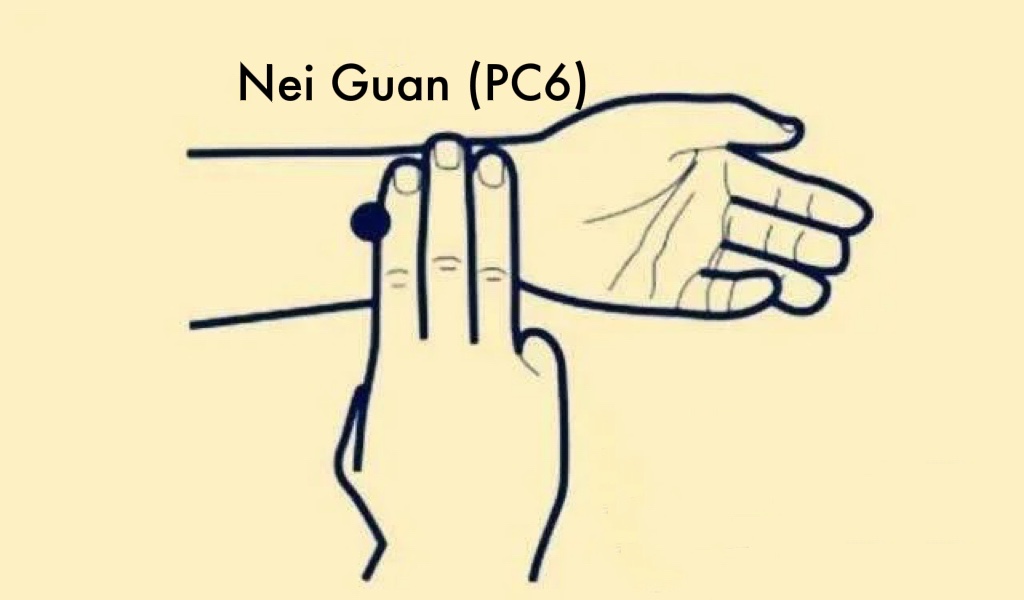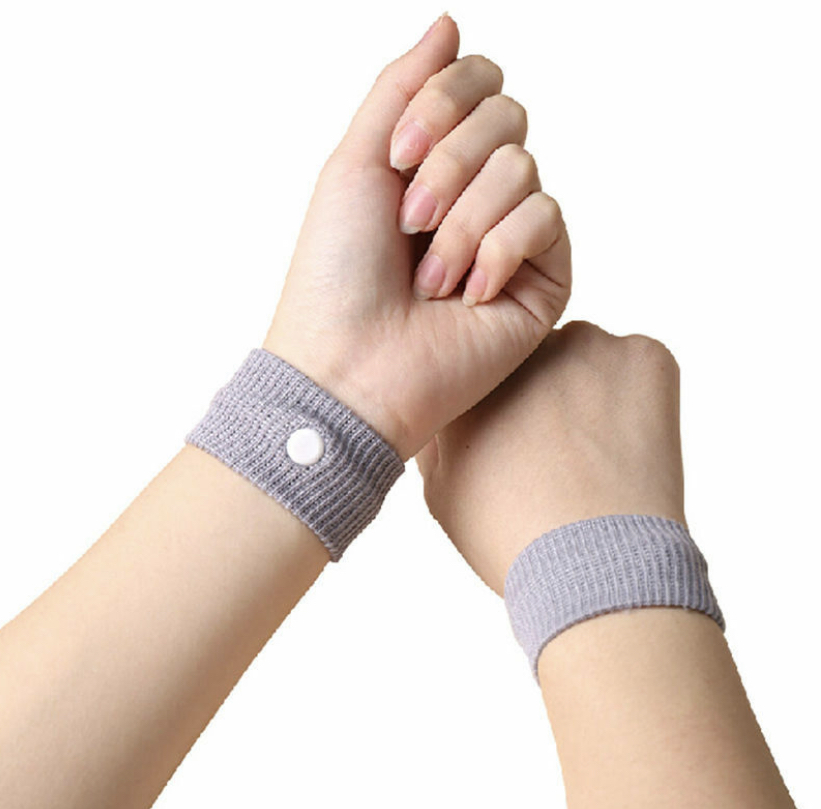Most pregnant women (half to two-thirds) will experience morning sickness in the first trimester. The degree of morning sickness varies from mild to severe (hyperemesis gravidarum). The symptoms include nausea, vomiting, loss of appetite and psychological effects (anxiety and depression) (Better Health Channel, 2022; Murkoff, 2016). Morning sickness is generally worse early in the day, but not limited to the morning. It can be anytime during the day or night (Better Health Channel, 2022; Murkoff, 2016). For most women, the morning sickness symptoms will reduce when entering the second trimester. However, few may suffer from them for the entire pregnancy (Murkoff, 2016).
The cause of morning sickness
The cause of morning sickness remained unknown. However, there are a few possible contributing factors (Better Health Channel, 2022; Murkoff, 2016):
- High levels of hormones, including oestrogen
- Lowered blood pressure
- Altered carbohydrates metabolism
How can we manage morning sickness?
- Acupuncture or acupressure on the wrist (the details will be introduced in the following paragraphs) (Murkoff, 2016).
- Consume small meals regularly because an empty stomach seems to trigger nausea (Murkoff, 2016).
- Rest whenever possible as moving around may make the morning sickness worse (Better Health Channel, 2022).
- In the morning, take a couple of dry crackers or plain sweet biscuits before getting out of bed (Better Health Channel, 2022).
- Ginger tea (less than 1g of ginger per day) is considered safe in pregnancy and could help with morning sickness (Better Health Channel, 2022; Ding, Leach & Bradley, 2013; Murkoff, 2016).
Acupuncture or acupressure on the wrist
An acupuncture point called Nei Guan (PC6) is found helpful for nausea and vomiting (Ezzo, Streitberger & Schneider, 2006; Park et al., 2014). This point is located at three fingers above the wrist crease, in between the two tendons (Palmaris longus and Flexor carpi radialis) (Figure 1).

The Cochrane systematic reviews have reported that both acupuncture or acupressure on PC6 are safe to use during pregnancy when correctly applied (Ezzo, Streitberger & Schneider, 2006; Park et al., 2014). Acupuncture is one of the methods to stimulate PC6 for morning sickness. It is performed by licensed practitioners, who insert and manually rotate a very fine needle on the point (Ezzo, Streitberger & Schneider, 2006). Acupressure is another way for PC6 stimulation. It is a beneficial and safe self-care tool for morning sickness (Gürkan & Arslan, 2008).
How to perform acupressure?
Self-administration
- Locate PC6 on your wrist (Figure 1).
- Place your thumb on the point below the index finger, in between the two tendons.
- Use your thumb or forefinger to apply firm pressure in a circular motion (don’t press too hard) on this point for 2 to 3 minutes.
- Repeat the process on the other wrist.
- It can be applied 3 times a day, especially when you feel nauseous.
Sea-band
Wear a Sea-bandTM (can be purchased from the local pharmacy) that an put pressure on PC6 has a strong effect on reducing nausea and vomiting (Ezzo, Streitberger & Schneider, 2006) (Figure 2). It can be removed at anytime if you feel uncomfortable (Ezzo, Streitberger & Schneider, 2006).

Based on Chinee medicine theory, there are different types of morning sickness. In Geelong Chinese medicine clinic, we use different methods to address the needs of the individuals, including applying acupuncture on PC6 and other acupuncture points that are important and safe to use during pregnancy to ease nausea and vomiting. We also educate our clients about acupressure and self-care to enhance the treatment effects on morning sickness. In the next blog, we will talk about acupuncture and pregnancy related anxiety.
References:
Better Health Channel. 2022, Pregnancy – morning sickness, accessed 14 June 2022,
< https://www.betterhealth.vic.gov.au/health/healthyliving/pregnancy-morning-sickness>
Ding, M., Leach, M., & Bradley, H. (2013). The effectiveness and safety of ginger for pregnancy-induced nausea and vomiting: a systematic review. Women and Birth, 26(1), e26-e30.
Ezzo, J., Streitberger, K., & Schneider, A. (2006). Cochrane systematic reviews examine P6 acupuncture-point stimulation for nausea and vomiting. Journal of Alternative & Complementary Medicine, 12(5), 489-495.
Gürkan, Ö. C., & Arslan, H. (2008). Effect of acupressure on nausea and vomiting during pregnancy. Complementary Therapies in Clinical Practice, 14(1), 46-52.
Murkoff, H. (2016). What to expect when you’re expecting (5th ed). New York: Workman Pub
Park, J., Sohn, Y., White, A. R., & Lee, H. (2014). The safety of acupuncture during pregnancy: a systematic review. Acupuncture in Medicine, 32(3), 257-266.
